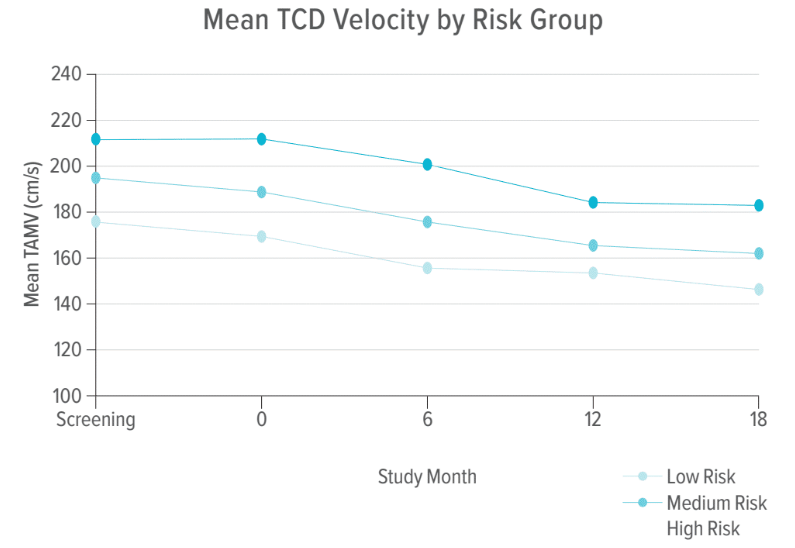Jamaica EXTEND Study Demonstrates Value of Hydroxyurea for Children with Sickle Cell Disease
Published November 2021 | British Journal of Haematology
One in every 150 babies born in Jamaica has sickle cell anemia (SCA) and one in 10 carries the trait. In spite of recent developments, for many affected people, standard-of-care treatments for this life-threatening genetic condition remain difficult to access.
“Resource-constrained countries like Jamaica are dealing with everything from poverty and an aging health infrastructure to non-endemic mosquito-borne diseases like dengue,” says Russell Ware, MD, PhD, director of the Division of Hematology at Cincinnati Children’s. “Everything seems like a priority, and it can be challenging for public health leaders to know where to focus.”
Ware and others at Cincinnati Children’s have been working with clinicians in multiple nations to document the burden of SCA and expand use of effective, low-cost hydroxyurea treatments. In this study, Ware’s team joined forces with the University of the West Indies in Kingston.
The team stratified 43 children into three risk categories: Group One had no stroke history and some exposure to hydroxyurea; Group Two had no stroke history and no exposure to hydroxyurea; Group Three had experienced one or more strokes and had no exposure to hydroxyurea.
Participants were escalated to the maximum tolerated dose of hydroxyurea and assessed for their stroke risk at baseline and after 18 months of treatment. As expected, hydroxyurea was more successful in preventing stroke for the first two groups.
“Now, this study will increase the knowledge of physicians on screening techniques, effective dosing, safety monitoring, drug compliance and adherence for prescribing hydroxyurea,” Ware says. “This capacity-building will improve the overall quality of care for children with SCA in Jamaica and help them experience much better health outcomes.”

Transcranial Doppler (TCD) velocity, a key risk marker for stroke in people with sickle cell anemia, declined among study participants as hydroxyurea (aka hydroxycarbamide) dosing was escalated tomaximum tolerated dose (MTD).




